The daily routine for a child of 11 months, which has not undergone significant changes in the last two months, can be considered established. The kid, accustomed to the rhythmic alternation of the same regimen moments, obediently obeys them, falling asleep and waking up at the same hours, giving mom the opportunity to relax or do household chores.

Daily routine for a baby at 11 months, table
- 6:00-6:30 The time of awakening and feeding the baby (infants are applied to the breast, artificers are fed with milk formula).
- 6:30-10:00 The most favorable time for the formation of useful hygienic skills: washing, caring for teeth, performing morning exercises.
- 10:00-10:30 Breakfast consisting of porridge (for its preparation, mother can use both cereal and dry semi-finished product from a pack), children's cookies and tea.
- 10:30-12:00 The tired little one needs a rest.
- 12:00-14:00 It's time to actively familiarize yourself with the outside world: a walk in the yard or in the park area.
- 14:00-14:30 A hungry child can be fed with a soup made of cereals or vegetables (with meatballs or a piece of boiled meat). A good addition to the soup is a slice of bread or a cracker. After that, you can give the baby a cottage cheese and mashed fresh fruit.
- 14:30-15:30 Calm leisure, during which you can captivate your child with reading a fairy tale or developing games using cubes, game centers, pyramids and toys for the development of fine motor skills.
- 15:30-17:00 It's time for baby to rest.
- 17:00-18:00 The kid who has gained strength will be happy to do physical exercises and take part in any outdoor games.
- 18:00-18:30 The kid’s dinner can consist of vegetable puree with a portioned piece of fish or meat, steamed, porridge with a small patty baked in the oven. As a drink, fruit juice or berry juice is suitable.
- 18:30-20:30 The time of the long-awaited family walk.
- 20:30-22:00 It's time for evening leisure, during which the baby has the opportunity to stay in the company of family members, filled with calm games. About an hour before bedtime, the baby should be bathed.
- 22:00-22:30 The last meal, during which the baby receives mother's milk or milk mixture.
The table clearly demonstrates the absolute invariance of the usual daily routine, but there is one new point in it: having ceased to feel the physiological need for night feeding, most eleven-month-old babies stop waking up in the middle of the night. Thanks to this circumstance, parents have the opportunity to fully relax at night.
Those babies who still maintain such a habit should be affectionately, but persistently put down without the help of a bottle with a mixture or a mother’s breast: they do not need feeding.
Sleep
A baby at 11 months old is extremely agile and emotional.The active process of knowing the world around him takes away a lot of energy, therefore, to restore them, the baby needs a nap. Most often, it consists of two hour and a half intervals, although pediatricians believe that the most beneficial for the crumbs is one period of daytime rest, lasting at least three to four hours.
It is to this option of daytime sleep that the baby should be gradually accustomed. The easiest way to do this is by combining sleep with a walk in the fresh air: saturated with oxygen, it has a beneficial effect on the entire children's body. This primarily affects the state of the central nervous system and the mood of the child.
Sounds of wildlife can quickly calm overly impressionable babies suffering from sleep disturbance; the high oxygen content in the air makes their breathing deeper and their sleep longer.
Children of this age are able to see colorful and vivid dreams, expressing their emotions with smiles, moans and even a flood of laughter. This is a completely normal phenomenon that should not bother parents.
A certain ritual of changing clothes before bedtime contributes to the best falling asleep: putting on a special pajamas is a signal to him that it is time for rest. Of great importance is the quality of sleepwear: made of a hypoallergenic material that does not irritate delicate skin and does not constrain movements, it should prevent the baby from overheating or overcooling.
If the children's room is cool, the baby should have a cotton jumpsuit or warm pajamas, and a baby blanket is necessary for shelter. For sleeping in a room with a temperature above 22 degrees, a light pajamas from knitwear and a thin blanket or sheet are suitable (see what should be the optimum temperature in the children's room).
In order not to stand all night over the crib of a child who is in the habit of opening up during sleep, you can buy a sheet or blanket of a size that would allow you to wind their edges under a children's mattress.
An excellent solution to the problem is to purchase a special fastener for a baby blanket. In stores selling goods for babies, now there are various models of safe clips that provide reliable fixation of the blanket and do not interfere with the movements of sleeping crumbs.
Feeding
The diet of the eleven-month-old baby remains the same: consisting of five feedings, separated by a four-hour interval. Some mothers who want to transfer the baby to four meals a day make a big mistake. A reduction in the number of feedings inevitably entails an increase in the volume of one serving, which the baby’s digestive system is not yet able to cope with.
As for the diet of baby food, it is so diverse that it allows the baby to eat food from the general table, that is, from now on, the mother can refuse to prepare special children's dishes.
Stewing, boiling, baking and steaming are suitable for cooking foods intended for the whole family. It will also be necessary to refuse to add salt and spices at the time of cooking: adult family members can add them to their plate directly during the meal.
When planning a family menu, mother should remember that there is a category of products that are contraindicated for a small child. In the children's diet should not be:
- sweets and chocolates;
- any sausages (including "children's" sausages);
- semi-finished industrial production;
- nuts
- mushrooms;
- citrus fruits.
Cow's milk is poorly absorbed by the body of a small child, so it is better to take milk for baby food in the dairy kitchen. If this is not possible, cow's milk, half diluted with water, is very carefully introduced into the children's diet in compliance with all feeding rules (starting with one teaspoon) (see how to introduce cow's milk into a baby’s diet).
Some babies of this age (usually artificers) begin to refuse the fifth meal, while babies fall to their mother’s breasts not so much from hunger, but because of the habit of bedtime. This habit can also be formed by artisans by giving them a glass of milk with baby biscuits before going to bed. Over time, it will turn into a ritual, which is a harbinger of a quick night's rest.
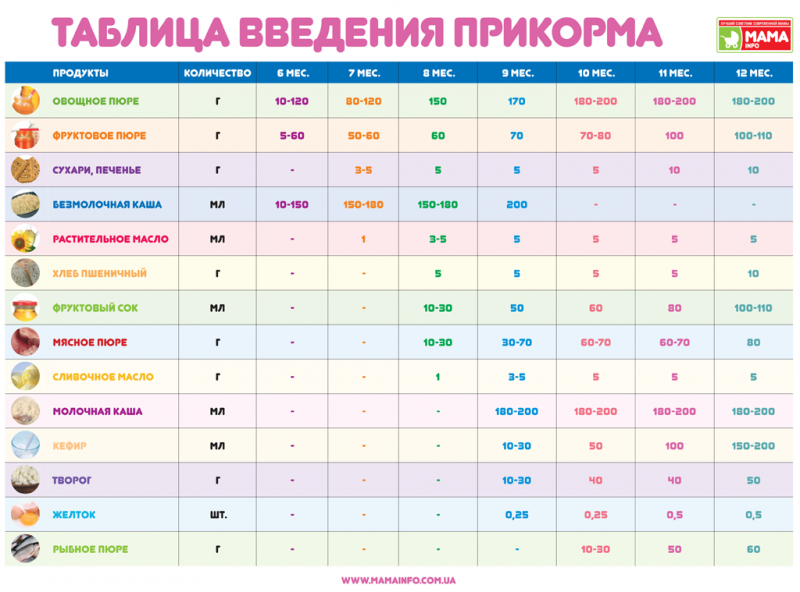
It’s time for an eleven-month-old baby to learn how to use a spoon (how to teach a child to eat with a spoon - 10 simple tips) and drink from a cup (learn to drink from a mug) To maximize the safety of the child, it is necessary to equip him with dishes and cutlery made of high-quality plastic: they will not break when dropped to the floor and will not cause pain when the small handle is awkward (without calculating the movement, the baby can hit himself hard) (the first dishes for the baby).
Since the skill of owning a spoon is not given to the crumbs immediately, mother should react without irritation to the fact that most of the food put in a baby bowl will be on the floor or on the countertop. Instead of getting annoyed, it’s better to sit next to the baby and give the right direction to his pen: so food will quickly get into his mouth. If the baby does not make any attempts to self-eat, then the time for this has not yet come.
Walking and gymnastics
Proper development of the baby is impossible without exercise and regular walks in the fresh air. We have already talked about how beneficial it is for a child’s brain to inhale oxygenated air.
Another favorable factor for long walks is ultraviolet radiation, under the influence of which vitamin D is produced in the baby's body. Its deficiency can provoke development of rickets and slow down the growth of the child. So that sunbathing does not harm the health of the crumbs, you should walk with him not in the open sunshine, but in the lace shade of trees. In winter, direct sunlight on delicate baby skin is just as undesirable.
During the walk, the child’s desire to walk should be encouraged by pushing his own stroller in front of him. This is a great exercise that not only reinforces the skill of confident walking, but also teaches the baby to calculate the strength of the shock necessary for the stroller to move.
In the daily routine, time should be allocated for charging and gymnastics, including exercises for flexion, extension, circular rotation of the arms and legs, with the body tilted forward and lifting the body from a prone position.
If the baby develops without disturbances, he is given a restorative massage, guided by the recommendations received in the room of a healthy child. In the presence of some deviations, the massage will be of a special nature. In this case, the recommendations of an orthopedist or neurologist are needed.
Bathing baby
Mandatory hygiene procedures performed daily include washing, brushing your teeth and washing the crumbs after each bowel movement (soap can be used once: just rinse your ass with running water and dry with a soft towel).
You can bathe your baby every other day (water temperature - 34 degrees). For washing the head and body suitable baby soap or special cosmetics. In the presence of minor wounds and rashes and for the prevention of skin diseases, once a week, a weak solution of potassium permanganate should be poured into water or a special salt with anti-inflammatory and wound healing effects should be added.
At the end of each bathing, the crumb should be doused with cool water, the temperature of which is a couple of degrees lower than that which is poured into the bath.This will temper the baby and will contribute to the proper circulation of blood in its vessels. Duration of bathing - no more than ten minutes.
Games and activities
- Games of the 11-month-old crumbs become role-playing. Imitating the actions of an adult, he can feed, shake on his hands and put a doll in the crib, treat him with a hare cookie, and put a teddy bear on a pot. In order to enrich the content of children's games, you must purchase a set of toy furniture and dollware.
- It is necessary to consolidate the skills of folding the pyramids, games with dice-liners.
- For the development of logical thinking and fine motor skills of kids of this age, sorter toys with curly slots and a set of inserts of the corresponding shape are very useful. When searching for the desired figure, the baby learns to compare the shape and size of objects, find similarities and differences in them. Along the way, dexterity of small fingers and perseverance develops.
- It is necessary to teach the kid to recognize objects and toys familiar to him in pictures. When asking questions (“Where is the dog?”, “Who is painted here?”), You need to encourage the baby to actively search for the desired object.
- Kids of this age are able to understand and effectively respond to the request: “Stroke the cat”, “Have pity on mom”, “Call on bark”. It is necessary to cultivate kindness and emotional responsiveness in them.
READ ALSO: baby development at 11 months and read about what a baby can do at 11 months
The significance of the achievements demonstrated by the 11-month-old crumb largely depends on how much the daily routine that regulates his life corresponds to the physiological needs of a growing organism.
← daily regimen of 10 months daily routine at 12 months →
VIDEO GUIDE
***
***

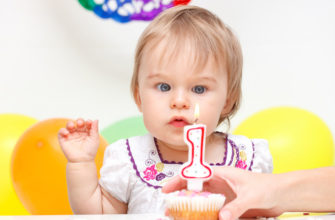
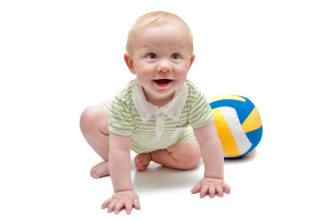
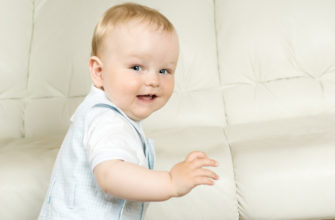
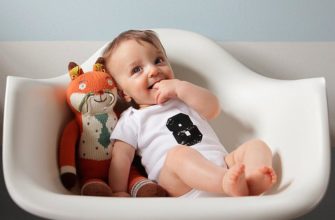
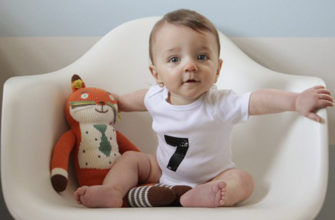

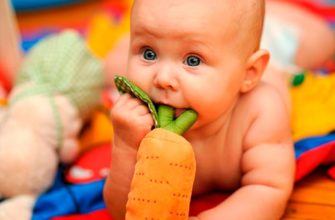
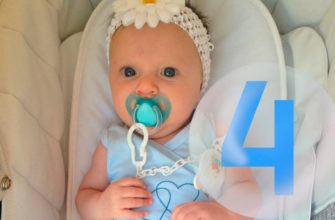
We are 11.5 months old. And we sleep twice a day for about 1 hour - around noon and in the afternoon. After reading the article, I decided to try switching to a one-time dream. We will observe the ritual with pajamas and listen to the sounds of wildlife) Let's see what happens ...
We did not get up at 6 in the morning and certainly did not do any procedures) At 6 in the morning I ate in the crib for about a year and a month or two. And so the rise and all procedures began at 8 in the morning, and slept twice at 11 hours and 3 hours. And in the evening at 22 it’s too late to put, the kids should go to bed at 21.00
I don’t understand, it follows from the regime described above that at night an 11-month-old baby sleeps only 8 hours? But the recommended norm is 10-12 ???
Why such long periods of wakefulness? In the morning 4 hours and in the evening 5.30? It's too much.
Our little ones 11 months old, at 3 years old, wake up at the 8_9_10 wound on a small day to sleep 2_3 times for 1_2 years. N_yak impossibly recount the frogs shvidsha.